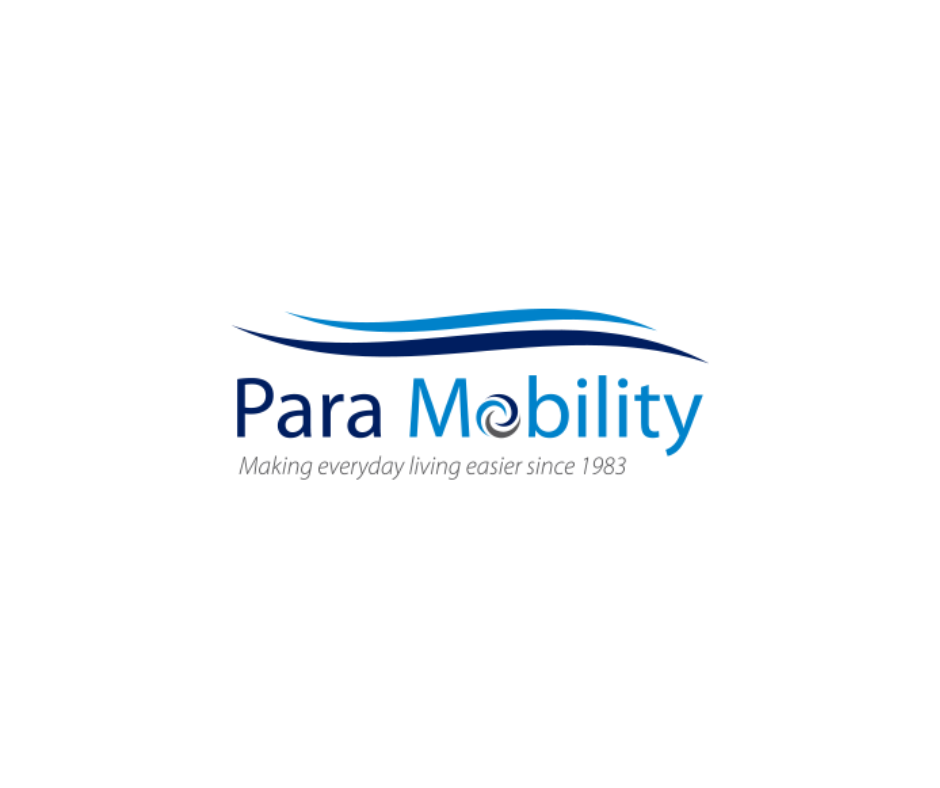In today’s society, where inclusivity and accessibility are increasingly recognised as essential, the implementation of changing places hoists stands out as a significant advancement. These hoists, designed to aid individuals with severe disabilities and their caregivers, are revolutionising the way people interact with public spaces. By facilitating easier and safer transfers, these devices are enhancing the quality of life for both the users and those who assist them.
Enhancing Independence and Dignity
For individuals with severe mobility impairments, the ability to move from one place to another is often fraught with challenges. Traditional restroom facilities are typically inadequate, leading to discomfort and a loss of dignity. Changing Places hoists address this issue by providing a secure and dignified means of transfer. These hoists can lift individuals from a wheelchair onto a changing bench or toilet, ensuring they are comfortably and safely positioned.
The psychological benefits of this independence cannot be overstated. Users often report a sense of empowerment and increased self-esteem when they can perform basic tasks with minimal assistance. This autonomy is a critical aspect of living a fulfilled life and participating more fully in society.
Reducing Physical Strain for Caregivers
Caregivers, whether they are family members or professional aides, face significant physical demands when assisting individuals with mobility impairments. The act of lifting and transferring someone can lead to chronic back pain, muscle strain, and other injuries. Changing Places hoists alleviate this burden by mechanising the lifting process, thus protecting caregivers from potential harm.
The presence of these hoists in public spaces also means that caregivers can provide better support without fear of physical strain. This improvement in working conditions can lead to better mental health and job satisfaction, which is crucial given the emotionally demanding nature of caregiving roles.
Promoting Social Inclusion
Public spaces equipped with Changing Places hoists are more inclusive, allowing individuals with severe disabilities to participate in activities that others may take for granted. Whether it’s attending a concert, visiting a museum, or simply shopping at a mall, these hoists make these experiences accessible. This inclusion is vital for breaking down social barriers and fostering a more inclusive community where everyone can enjoy equal opportunities.
For families and groups, the availability of such facilities means that outings and activities do not need to be curtailed or modified to accommodate the needs of one member.
Encouraging Better Facility Design
The adoption of Changing Places hoists encourages architects and designers to think more inclusively about public spaces. Incorporating these devices into building designs from the outset is far more effective than retrofitting existing structures. This forward-thinking approach not only meets the needs of today but also anticipates future requirements as societal awareness and expectations of accessibility continue to grow.
Facilities that prioritise accessibility set a standard that others are likely to follow. As more public spaces integrate Changing Places hoists, the overall landscape becomes more accommodating for individuals with disabilities, setting a benchmark for what inclusive design should look like.
Economic Benefits
While the initial investment in Changing Places hoists and facilities may be significant, the long-term economic benefits are considerable. By preventing caregiver injuries, there is a reduction in medical expenses and lost workdays. Moreover, inclusive facilities attract a broader audience, increasing foot traffic and revenue for businesses.
Government and public institutions also benefit economically by fostering a society where all members can contribute more fully. When individuals with disabilities and their caregivers can participate in the workforce and social activities without undue strain, the overall productivity and well-being of the community improve.
Summing up, changing places hoists are more than just mechanical devices; they are instruments of empowerment, dignity, and inclusion. By easing the physical demands on caregivers and providing individuals with disabilities the means to navigate public spaces with greater independence, these hoists contribute significantly to a more inclusive and compassionate society.

